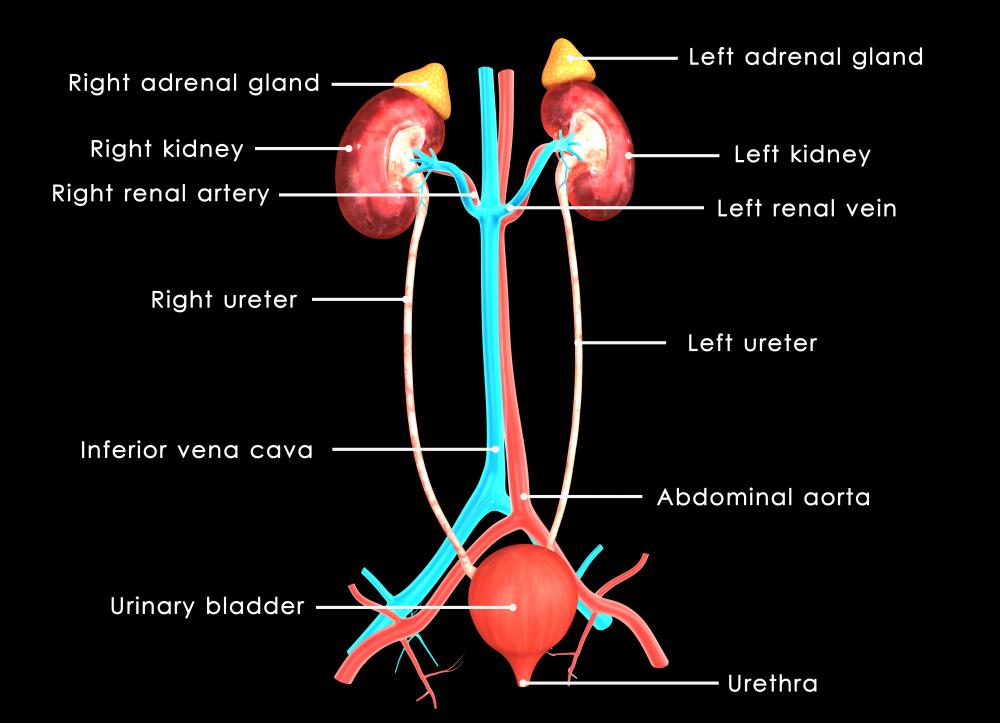At WiseGEEK, we're committed to delivering accurate, trustworthy information. Our expert-authored content is rigorously fact-checked and sourced from credible authorities. Discover how we uphold the highest standards in providing you with reliable knowledge.
What Is the Medial Umbilical Ligament?
The medial umbilical ligament is an anatomic structure present in the human body that exists as a remnant of blood vessels that were important to fetal circulation. It is also known as the cord of the umbilical artery. Although the umbilical arteries are critical to developing babies, after birth they close off and become the medial umbilical ligaments. These structures do not play a role in the circulation in adults, and are clinically significant because they can obstruct different surgical procedures done in the abdominal region.
During the prenatal stage, the circulation of blood within the fetus is not the same as the circulation of blood in adults. Developing babies obtain their nutrition and oxygen from their mothers, and also get rid of waste products by feeding them into the maternal circulation. Blood from the fetus is able to interface with the maternal blood in the placenta. The umbilical vein feeds fetal blood into the placenta, and the umbilical arteries return the blood back to the fetus. These umbilical arteries feed the blood into the inferior vena cava, a blood vessel that empties into the fetal heart.

Although these umbilical arteries play an important role in fetal circulation, they close off after birth, stop carrying blood, and become the medial umbilical ligaments. In adults, these structures are located on the internal aspect of the anterior abdominal wall. They become fibrous structures located in the abdominal cavity, and can have webs of connective tissue branching off from them.

The medial umbilical ligament does not play any critical role in human physiology after birth. They can cause problems during abdominal surgery, especially if the surgery is performed laparoscopically. The medial umbilical ligament can obscure the surgeon's field of vision and restrict movement of surgical instruments in the abdominal cavity. If this situation develops, many surgeons elect to sever the ligaments. This does not cause the patient any adverse effects.

If only one medial umbilical ligament is present at birth, the newborn could be at increased risk for a number of birth defects. Having only one medial umbilical ligament would mean that the developing fetus only had one umbilical artery. Patients with this finding are at risk for having heart defects, renal abnormalities, and malformations of the gastrointestinal tract. The discovery that a patient only has one umbilical artery is typically achieved either by prenatal ultrasound or by examining the umbilical cord at birth. Normal umbilical cords should display three vessels, including one umbilical vein and two umbilical arteries.
AS FEATURED ON:
AS FEATURED ON:
















Discuss this Article
Post your comments